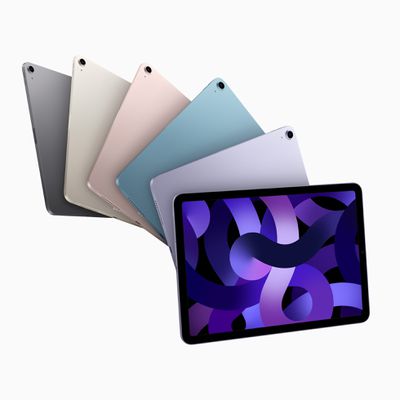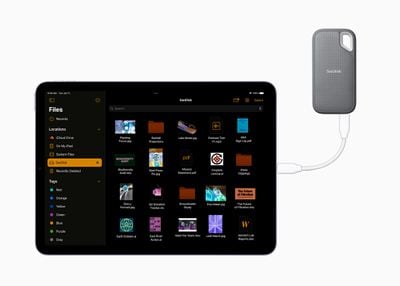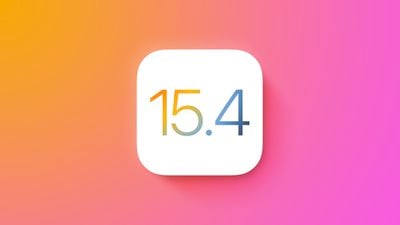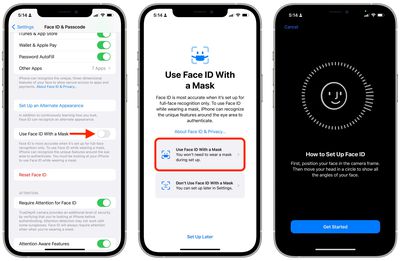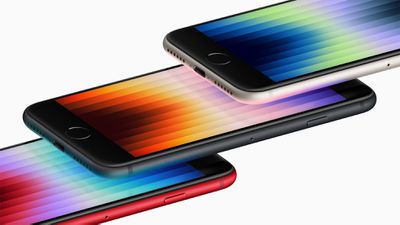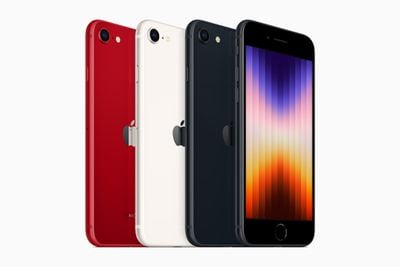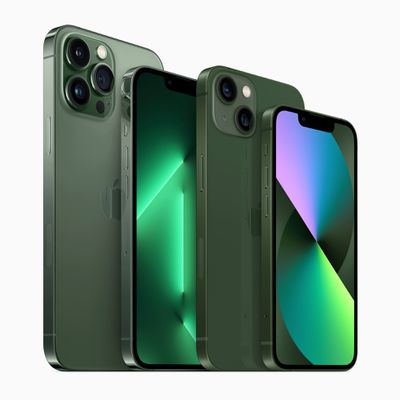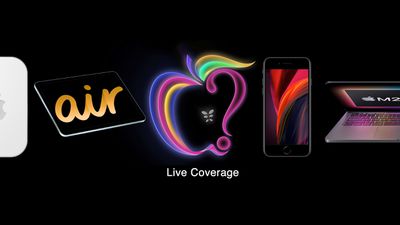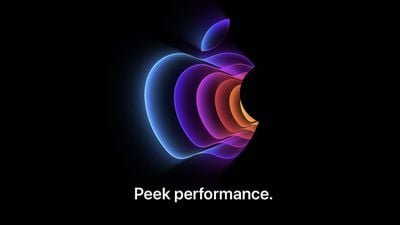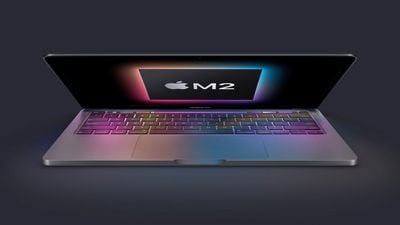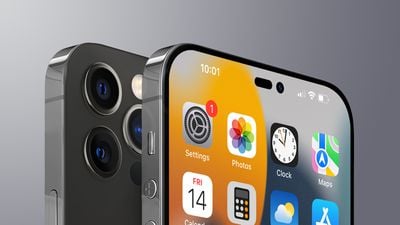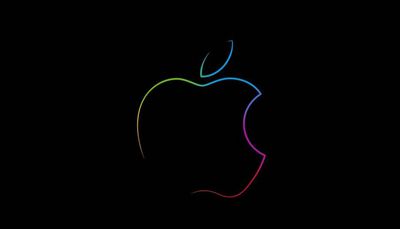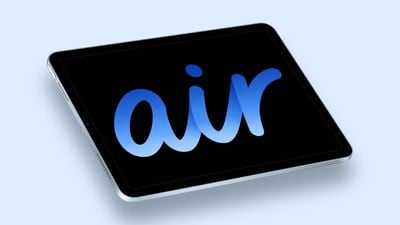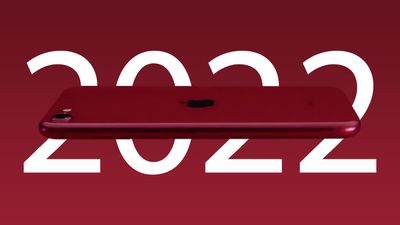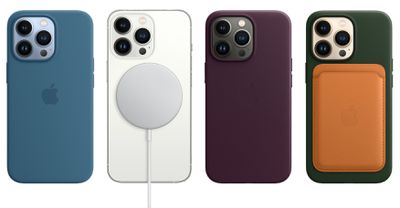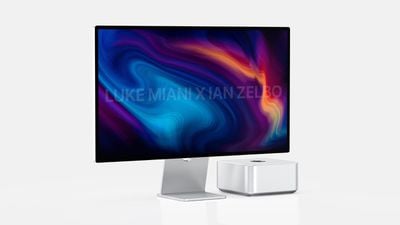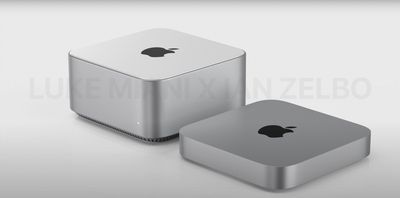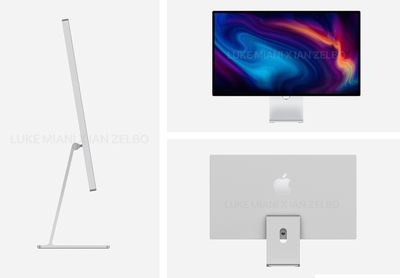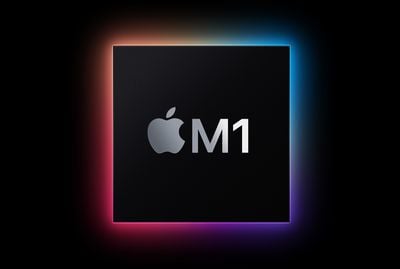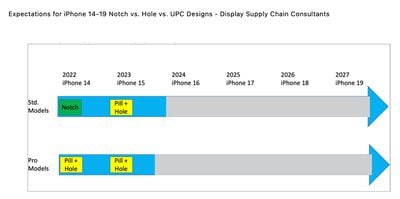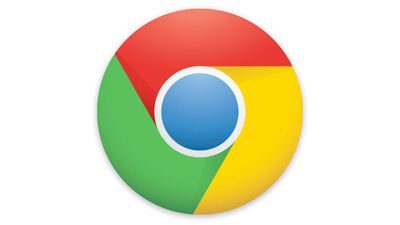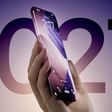Apple today announced the M1 Ultra chip, the third iteration to the M1 family, and it represents the next "breakthrough" for Apple Silicon.
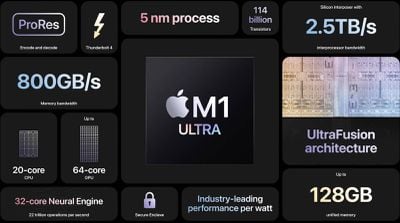
M1 Ultra consists of two M1 Max chips connected with die-to-die technology called "UltraFusion." The new highest-end chip of Apple Silicon features 114 billion transistors, with higher support for bandwidth memory at 800GB/s.
"M1 Ultra is another game-changer for Apple silicon that once again will shock the PC industry. By connecting two M1 Max die with our UltraFusion packaging architecture, we're able to scale Apple silicon to unprecedented new heights," said Johny Srouji, Apple's senior vice president of Hardware Technologies. "With its powerful CPU, massive GPU, incredible Neural Engine, ProRes hardware acceleration, and huge amount of unified memory, M1 Ultra completes the M1 family as the world's most powerful and capable chip for a personal computer."
UltraFusion allows two M1 Max chips to connect together across more than 10,000 signals, offering 2.5TB/s of bandwidth, according to Apple.
M1 Ultra has a 20-core CPU, with 16 high-performance and four high-efficiency cores. M1 Ultra supports up to 128GB of unified memory, an increase from the up to 64GB memory supported by the M1 Pro and M1 Max.
In graphics, M1 Ultra has a 64-core GPU, which offers 8x faster graphics than M1. M1 Ultra has a 32-core Neural Engine, which can operate 22 trillion operations per second and has two separate media engines.
As is common with Apple Silicon, Apple claims that M1 Ultra offers "unprecedented" power efficiency with equally unprecedented power.
It delivers 90 percent higher multi-threaded performance than the fastest available 16-core PC desktop chip in the same power envelope. Additionally, M1 Ultra reaches the PC chip's peak performance using 100 fewer watts.2 That astounding efficiency means less energy is consumed and fans run quietly, even as apps like Logic Pro rip through demanding workflows, such as processing massive amounts of virtual instruments, audio plug-ins, and effects.
The first Mac to feature the M1 Ultra is the Mac Studio, which is aimed at creative professionals. The Mac Studio is available for order today.


